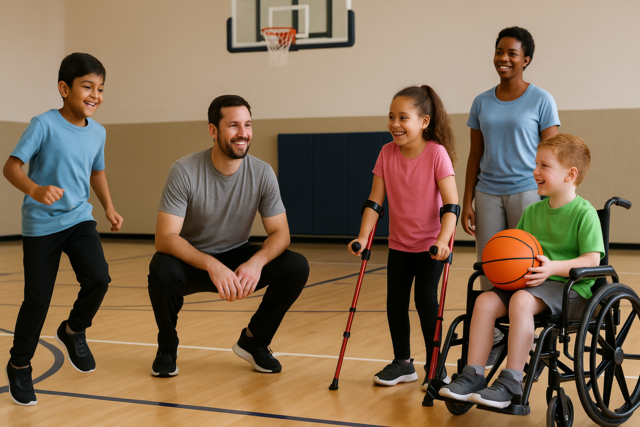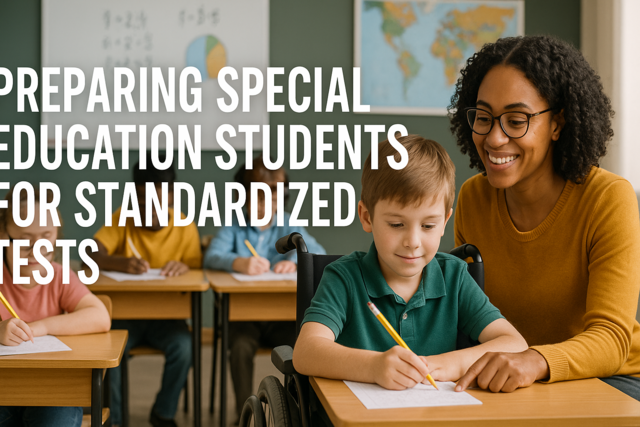Online Class: Supporting Students with ADHD — Engagement and Focus Strategies

-
15Lessons
-
22Exams &
Assignments -
4Hours
average time -
0.4CEUs
Course Description
Imagine transforming your educational approach not just for a classroom, but for a world increasingly embracing the brilliance of neurodiversity. Welcome to "Supporting Students with ADHD: Engagement and Focus Strategies," where you embark on an enlightening journey to empower the students who need you most. This isn't just another online course; it's a vital toolkit designed to equip you with the understanding and skills to make a real difference in the lives of students with ADHD. Your connection with them will go beyond traditional teaching methods, tapping into their core strengths and turning potential challenges into tangible successes.
Picture a classroom where every student is engaged, a place buzzing with curiosity, delight, and satisfaction. The strategies you gain here will enable you to foster such an environment—a haven for all learners. But more than that, imagine yourself at the center of this positive change. You are the catalyst for profound transformation, not only for your students' academic achievements but for their personal growth as well.
It begins with a deep dive into the world of ADHD, where we unravel the complexities of neurodiversity in education. No longer will ADHD be an enigmatic barrier; instead, you will see it as a unique pathway to innovative teaching and learning. Armed with an understanding of the neurological and genetic foundations of ADHD—knowledge that bridges gaps and builds empathy—you pave the way to creating more inclusive, nurturing spaces that foster success on every front.
Feel the excitement when we talk about harnessing sensory tools and flexible seating arrangements that spark joy and curiosity in the minds of your students. These are not merely classroom modifications; they are transformative methodologies that cater to the individual needs of students who may have felt misunderstood or out of place in typical educational settings. The course will show you how to structure these environments in ways that provide stability and foster smooth transitions, allowing your students to focus deeply and engage fully, both academically and socially.
This course takes you further still. It highlights those precious moments where you can tailor learning experiences that reflect individual passions and strengths. You'll craft lessons that make learning intuitive and enjoyable—a process as engaging for you as it is for them. Through this, you build a learning ecosystem where creativity and focus not only coexist but thrive in harmony.
Your journey doesn't end here. You will acquire dynamic strategies to address emotional and attention-related challenges, blending technology and traditional insights to create adaptive educational experiences that cherish individuality. This course equips you with the tools to demolish barriers, to elevate your students' performance with empathy and understanding. Technology becomes your ally, providing opportunities for learning that are as varied and multifaceted as the students themselves.
Engagement, structure, focus—three pillars upon which this course stands—are supplemented by a lasting commitment to enhance your educational impact. We guide you in integrating movement into learning, breaking the traditional mold and proving that physical activity isn't a distraction but a building block for better concentration and emotional balance.
By the end of this course, you'll be more than just a teacher—you'll be a mentor, a guide, an advocate for those students with ADHD whose voices are often quieted by societal misunderstandings. With each lesson, your passion and purpose will grow, matching the boundless potential you will unlock in your students. This course invites you to be the change that transforms lives. Your education will never be the same, because once you discover the power of tailored strategies for students with ADHD, you'll realize this isn't just education—it's a revelation. Join us, and let's change the world one classroom at a time.
- Business
- Business Ethics Courses
- Harassment Prevention Courses
- Human Resources Certifications
- Management
- Aromatherapy Courses
- Caregiver Courses
- Career Development Courses
- Communications Courses
- Confidence and Self Esteem Courses
- Healing
- Human Anatomy Courses
- Medical Skills
- Health & Medicine
- Nutrition
- Marketing
- Microsoft Office Certification Courses
- Life Coaching Courses
- Self-Improvement
- Small Business Certifications
- Safety
- Writing Improvement
- Business Writing Courses
Course Lessons
Lesson 1. Neurodiversity in Education: Tailoring Strategies for ADHD Students
 Lesson discussions: Reasons for Taking this Course
Lesson discussions: Reasons for Taking this Course Assessment: Lesson 1 Review Exam
Assessment: Lesson 1 Review Exam
Lesson 2. Navigating ADHD Diagnosis: Differentiating Symptoms Effectively
 Complete: Lesson 2 Activity
Complete: Lesson 2 Activity Assessment: Lesson 2 Review Exam
Assessment: Lesson 2 Review Exam
Lesson 3. Flexible Seating and Sensory Tools: Pioneering Inclusion in ADHD Education
 Assessment: Lesson 3 Review Exam
Assessment: Lesson 3 Review Exam
Lesson 4. Tailored Approaches for ADHD: Evaluating Student Needs and Enhancing Focus
 Complete: Lesson 4 Activity
Complete: Lesson 4 Activity Assessment: Lesson 4 Review Exam
Assessment: Lesson 4 Review Exam
Lesson 5. Focus and Flourish: Understanding ADHD in Children
 Assessment: Lesson 5 Review Exam
Assessment: Lesson 5 Review Exam
Lesson 6. Building ADHD-Friendly Classrooms
 Complete: Lesson 6 Activity
Complete: Lesson 6 Activity Assessment: Lesson 6 Review Exam
Assessment: Lesson 6 Review Exam
Lesson 7. Auditory and Visual Tech Aids: Bridging Learning Gaps in ADHD
 Complete: Lesson 7 Activity
Complete: Lesson 7 Activity Assessment: Lesson 7 Review Exam
Assessment: Lesson 7 Review Exam
Lesson 8. Enhancing Engagement for Students with ADHD Through Innovative Scheduling
 Complete: Lesson 8 Activity
Complete: Lesson 8 Activity Assessment: Lesson 8 Review Exam
Assessment: Lesson 8 Review Exam
Lesson 9. Tailored Approaches for ADHD: Enhancing Attention and Emotional Skills
 Assessment: Lesson 9 Review Exam
Assessment: Lesson 9 Review Exam
Lesson 10. Exploring ADHD: Enhancing Cognitive Function in the Classroom
 Complete: Lesson 10 Activity
Complete: Lesson 10 Activity Assessment: Lesson 10 Review Exam
Assessment: Lesson 10 Review Exam
Lesson 11. Routines as Anchors for Navigating ADHD
 Complete: Lesson 11 Activity
Complete: Lesson 11 Activity Assessment: Lesson 11 Review Exam
Assessment: Lesson 11 Review Exam
Lesson 12. Leveraging Strengths and Interests: A Pathway to Engagement
 Assessment: Lesson 12 Review Exam
Assessment: Lesson 12 Review Exam
Lesson 13. Peer Support as a Framework for ADHD Success
 Assessment: Lesson 13 Review Exam
Assessment: Lesson 13 Review Exam
Lesson 14. Empowering ADHD Students Through Mindful Movement
 Assessment: Lesson 14 Review Exam
Assessment: Lesson 14 Review Exam
Lesson 15. ADHD Student Support: Unlocking Potential Through Reflection and Adaptation
 Lesson discussions: End of Course Poll; Course Comments
Lesson discussions: End of Course Poll; Course Comments Assessment: Lesson 15 Review Exam
Assessment: Lesson 15 Review Exam
Learning Outcomes
- Define the neurological basis of ADHD, including the role of the prefrontal cortex and neurotransmitter activity, to explain its impact on student behavior.
- Identify supportive educational strategies, incorporating neuroscience insights, to enhance classroom success for students with ADHD, such as breaking tasks into smaller parts and utilizing movement-based learning.
- Demonstrate strategies for creating an inclusive learning environment for students with ADHD by implementing structured routines, minimizing distractions, and employing technology-enhanced learning tools.
- Describe the three principal behavioral indicators of ADHD—inattention, hyperactivity, and impulsivity—and explain how these manifest in classroom scenarios.
- Define and explain how sensory tools enhance attention regulation in students with ADHD by utilizing recent research findings.
- Demonstrate the benefits of implementing flexible seating arrangements for students with ADHD by analyzing changes in classroom engagement and academic performance.
- Demonstrate the ability to utilize behavior rating scales to assess and quantify attention and engagement challenges in students with ADHD.
- Describe personalized interventions based on individual assessments to enhance focus and learning outcomes for students with ADHD.
- Demonstrate strategies to create a supportive home environment for a child with ADHD, incorporating structure, communication, and routine.
- Define the characteristics of ADHD and explain its effect on children's learning and behavior.
- Demonstrate strategies to minimize ADHD impact through tailored interventions like promoting structured routines, engaging sensory aids, and incorporating regular physical activity breaks.
- Define environmental triggers that exacerbate ADHD symptoms in educational settings, such as sensory overload and lack of structured routines.
- Define how digital organizational tools like Trello and Microsoft To Do assist students with ADHD in managing tasks and improving focus.
- Demonstrate mastery of lesson content at levels of 70% or higher.
Additional Course Information

- Document Your Lifelong Learning Achievements
- Earn an Official Certificate Documenting Course Hours and CEUs
- Verify Your Certificate with a Unique Serial Number Online
- View and Share Your Certificate Online or Download/Print as PDF
- Display Your Certificate on Your Resume and Promote Your Achievements Using Social Media

Related Courses
-
 7 hours
0.7 CEUs
Healthy Sleep Habits and Their Importance
+ More Info
7 hours
0.7 CEUs
Healthy Sleep Habits and Their Importance
+ More Info
-
 5 hours
0.5 CEUs
Advanced Excel for Data Management
+ More Info
5 hours
0.5 CEUs
Advanced Excel for Data Management
+ More Info
-
 5 hours
0.5 CEUs
Conflict Resolution: Turning Turmoil into Triumph
+ More Info
5 hours
0.5 CEUs
Conflict Resolution: Turning Turmoil into Triumph
+ More Info
-
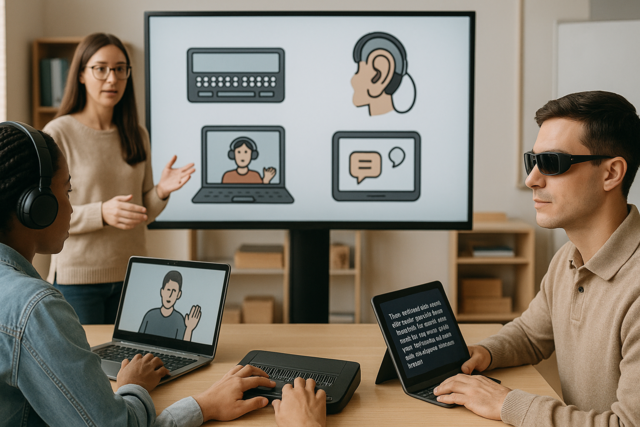 7 hours
0.7 CEUs
Assistive Technology for Vision and Hearing Impairments
+ More Info
7 hours
0.7 CEUs
Assistive Technology for Vision and Hearing Impairments
+ More Info
-
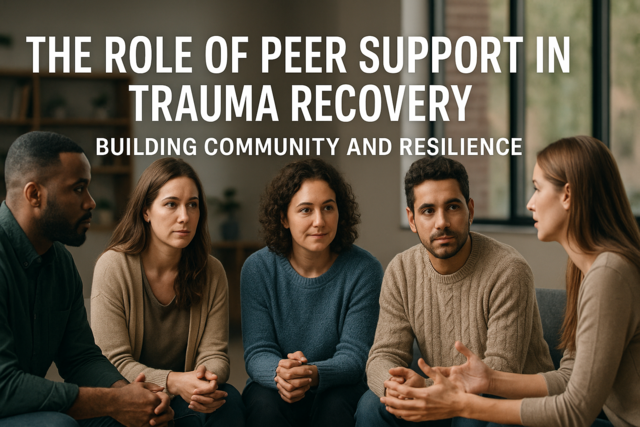 3 hours
0.3 CEUs
The Role of Peer Support in Trauma Recovery: Building Community and Resilience
+ More Info
3 hours
0.3 CEUs
The Role of Peer Support in Trauma Recovery: Building Community and Resilience
+ More Info
-
 4 hours
0.4 CEUs
Narratives of Love: Crafting Your Relationship Story
+ More Info
4 hours
0.4 CEUs
Narratives of Love: Crafting Your Relationship Story
+ More Info
-
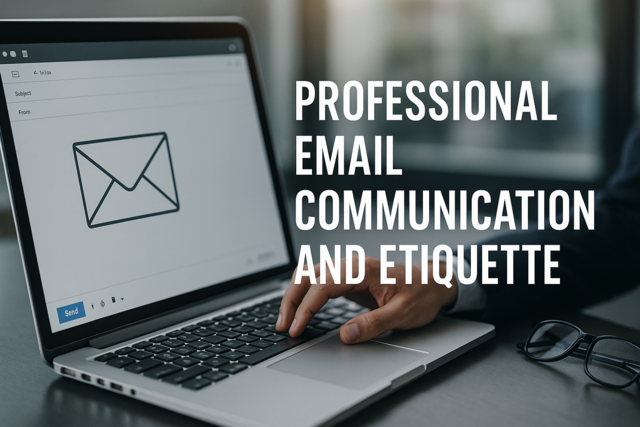 7 hours
0.7 CEUs
Professional Email Communication and Etiquette
+ More Info
7 hours
0.7 CEUs
Professional Email Communication and Etiquette
+ More Info
-
 6 hours
0.6 CEUs
Luxe Vision: Designing a Fashionable Future
+ More Info
6 hours
0.6 CEUs
Luxe Vision: Designing a Fashionable Future
+ More Info
-
 6 hours
0.6 CEUs
Narrative Approaches in Education
+ More Info
6 hours
0.6 CEUs
Narrative Approaches in Education
+ More Info
-
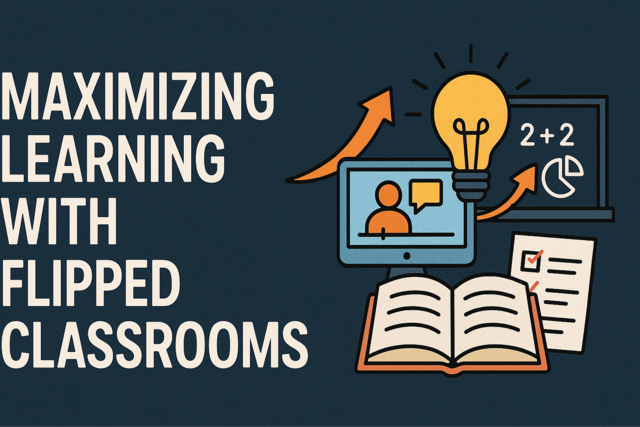 5 hours
0.5 CEUs
Maximizing Learning with Flipped Classrooms
+ More Info
5 hours
0.5 CEUs
Maximizing Learning with Flipped Classrooms
+ More Info
-
 3 hours
0.3 CEUs
High-Street to Haute: The Journey to Becoming Fashionable
+ More Info
3 hours
0.3 CEUs
High-Street to Haute: The Journey to Becoming Fashionable
+ More Info
-
 7 hours
0.7 CEUs
Exquisite Ensembles: Curating a Modern Luxury Wardrobe
+ More Info
7 hours
0.7 CEUs
Exquisite Ensembles: Curating a Modern Luxury Wardrobe
+ More Info
-
 5 hours
0.5 CEUs
Building Bridges: Techniques for Intergenerational Understanding
+ More Info
5 hours
0.5 CEUs
Building Bridges: Techniques for Intergenerational Understanding
+ More Info
-
 6 hours
0.6 CEUs
The Art of Emotional Intelligence: Building Stronger Connections
+ More Info
6 hours
0.6 CEUs
The Art of Emotional Intelligence: Building Stronger Connections
+ More Info
-
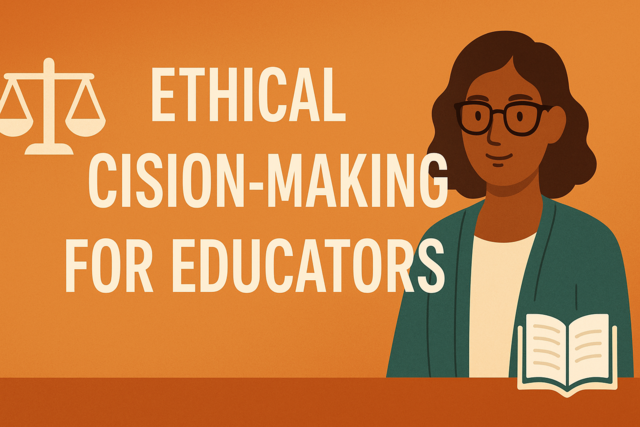 7 hours
0.7 CEUs
Ethical Decision-Making for Educators
+ More Info
7 hours
0.7 CEUs
Ethical Decision-Making for Educators
+ More Info
-
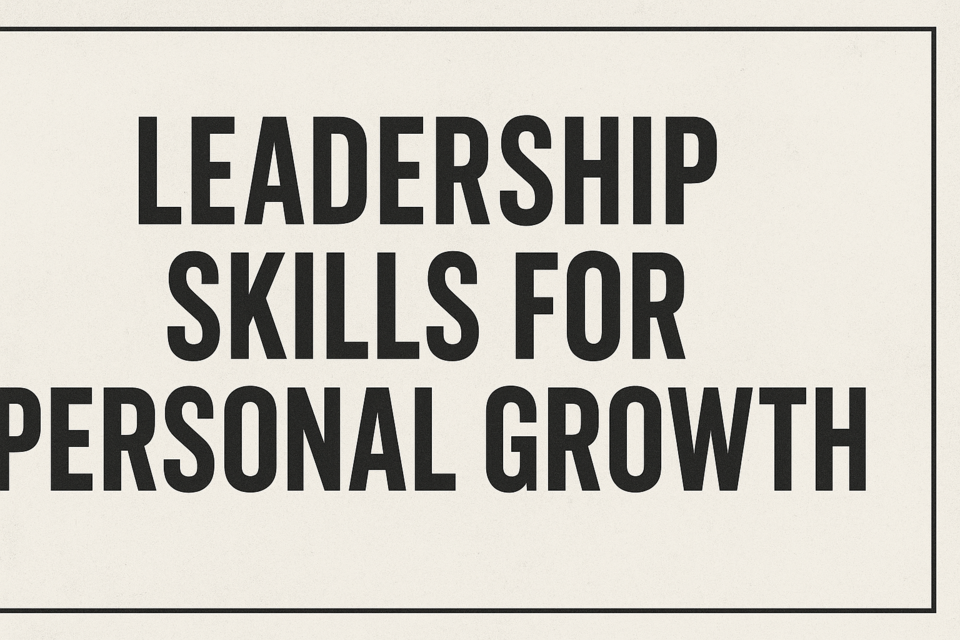 4 hours
0.4 CEUs
Leadership Skills for Personal Growth
+ More Info
4 hours
0.4 CEUs
Leadership Skills for Personal Growth
+ More Info
-
 4 hours
0.4 CEUs
Vital Conversations: Cultivating Depth in Daily Interactions
+ More Info
4 hours
0.4 CEUs
Vital Conversations: Cultivating Depth in Daily Interactions
+ More Info
-
 5 hours
0.5 CEUs
Developing a Growth Mindset
+ More Info
5 hours
0.5 CEUs
Developing a Growth Mindset
+ More Info
-
 5 hours
0.5 CEUs
Creating Engaging Online Content
+ More Info
5 hours
0.5 CEUs
Creating Engaging Online Content
+ More Info
-
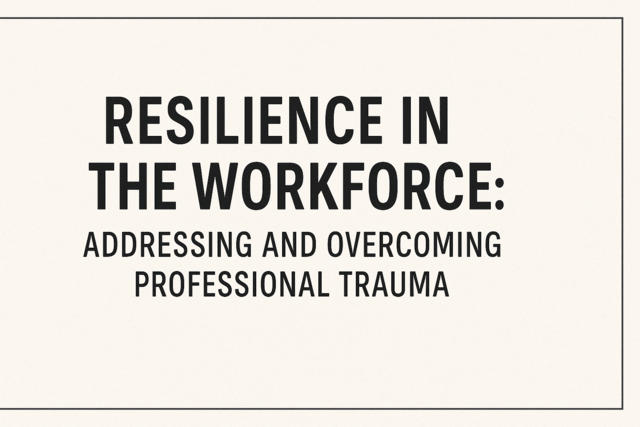 4 hours
0.4 CEUs
Resilience in the Workforce: Addressing and Overcoming Professional Trauma
+ More Info
4 hours
0.4 CEUs
Resilience in the Workforce: Addressing and Overcoming Professional Trauma
+ More Info
-
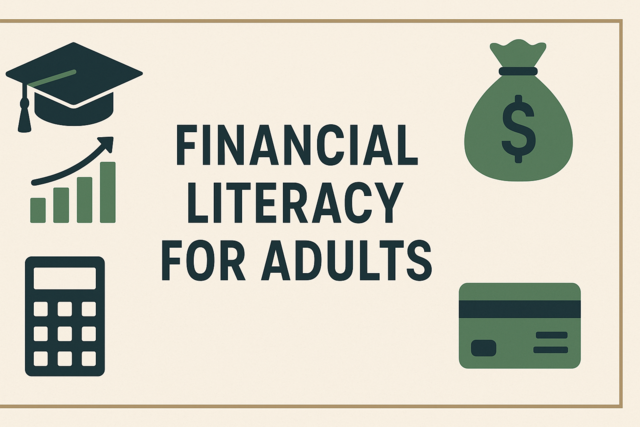 3 hours
0.3 CEUs
Financial Literacy for Adults
+ More Info
3 hours
0.3 CEUs
Financial Literacy for Adults
+ More Info
-
 6 hours
0.6 CEUs
Digital Marketing Fundamentals
+ More Info
6 hours
0.6 CEUs
Digital Marketing Fundamentals
+ More Info
-
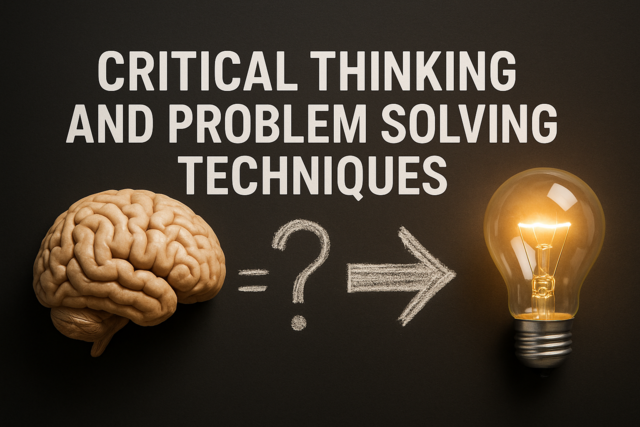 4 hours
0.4 CEUs
Critical Thinking and Problem Solving Techniques
+ More Info
4 hours
0.4 CEUs
Critical Thinking and Problem Solving Techniques
+ More Info
-
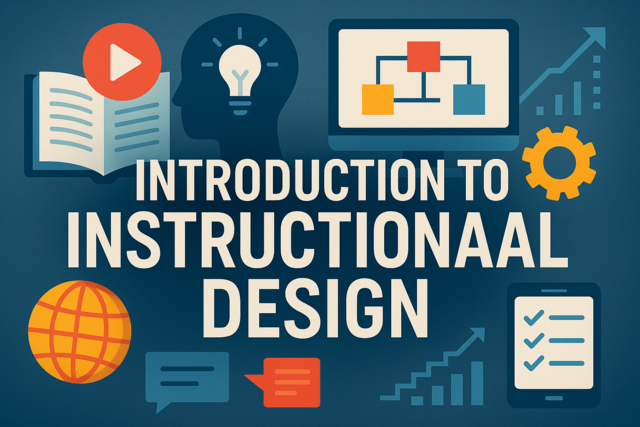 7 hours
0.7 CEUs
Introduction to Instructional Design
+ More Info
7 hours
0.7 CEUs
Introduction to Instructional Design
+ More Info
-
 4 hours
0.4 CEUs
Rising Above Resentment: Healing Through Forgiveness
+ More Info
4 hours
0.4 CEUs
Rising Above Resentment: Healing Through Forgiveness
+ More Info
-
 7 hours
0.7 CEUs
The Renaissance of Relationship: Revitalizing Emotional Bonds
+ More Info
7 hours
0.7 CEUs
The Renaissance of Relationship: Revitalizing Emotional Bonds
+ More Info
-
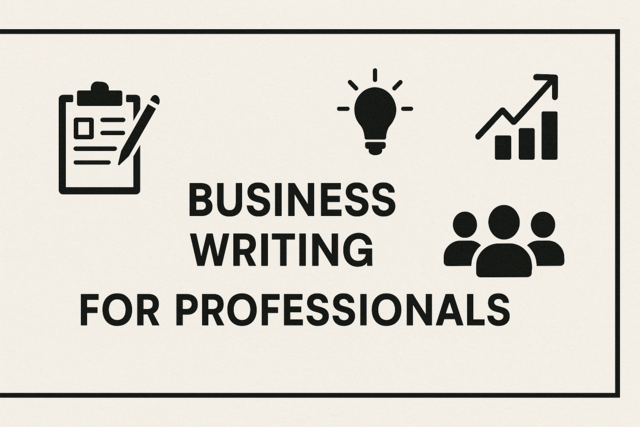 4 hours
0.4 CEUs
Business Writing for Professionals
+ More Info
4 hours
0.4 CEUs
Business Writing for Professionals
+ More Info
-
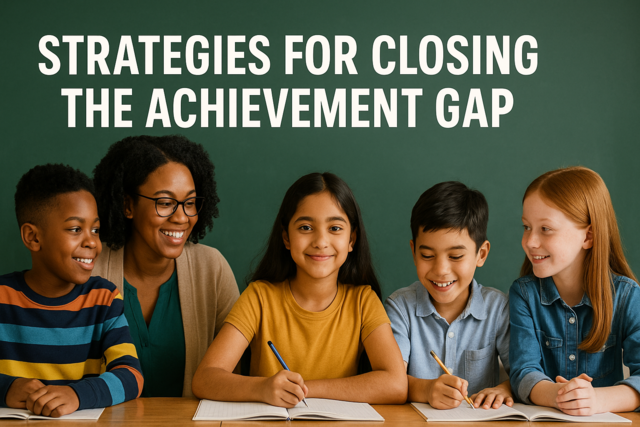 7 hours
0.7 CEUs
Strategies for Closing the Achievement Gap
+ More Info
7 hours
0.7 CEUs
Strategies for Closing the Achievement Gap
+ More Info
-
 7 hours
0.7 CEUs
Mastering Time Management for Professionals
+ More Info
7 hours
0.7 CEUs
Mastering Time Management for Professionals
+ More Info
-
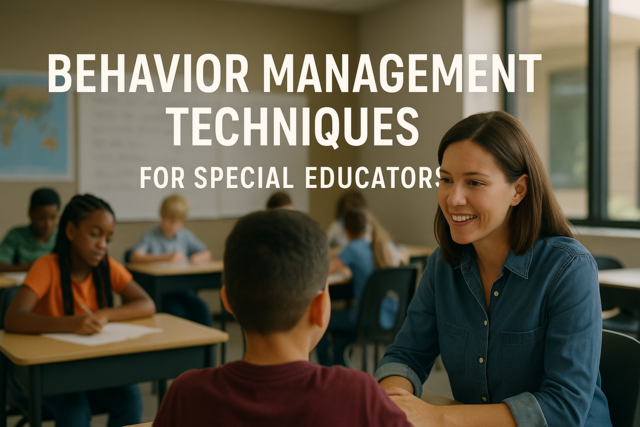 7 hours
0.7 CEUs
Behavior Management Techniques for Special Educators
+ More Info
7 hours
0.7 CEUs
Behavior Management Techniques for Special Educators
+ More Info
-
 6 hours
0.6 CEUs
Developing Strategic Thinking Skills
+ More Info
6 hours
0.6 CEUs
Developing Strategic Thinking Skills
+ More Info
-
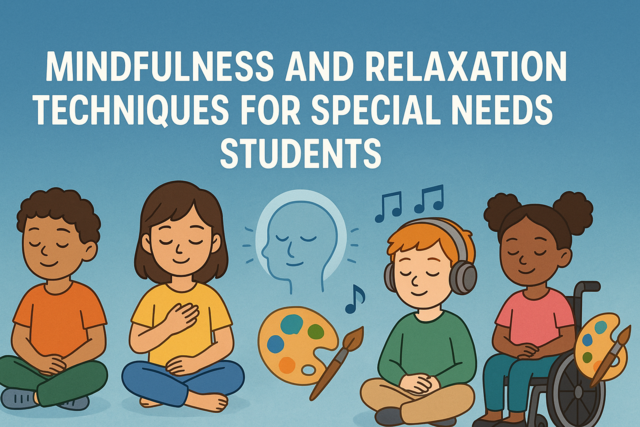 6 hours
0.6 CEUs
Mindfulness and Relaxation Techniques for Special Needs Students
+ More Info
6 hours
0.6 CEUs
Mindfulness and Relaxation Techniques for Special Needs Students
+ More Info
-
 5 hours
0.5 CEUs
Metaphysical Realms: A Journey Beyond
+ More Info
5 hours
0.5 CEUs
Metaphysical Realms: A Journey Beyond
+ More Info
-
 5 hours
0.5 CEUs
Advanced Pedagogical Techniques
+ More Info
5 hours
0.5 CEUs
Advanced Pedagogical Techniques
+ More Info
-
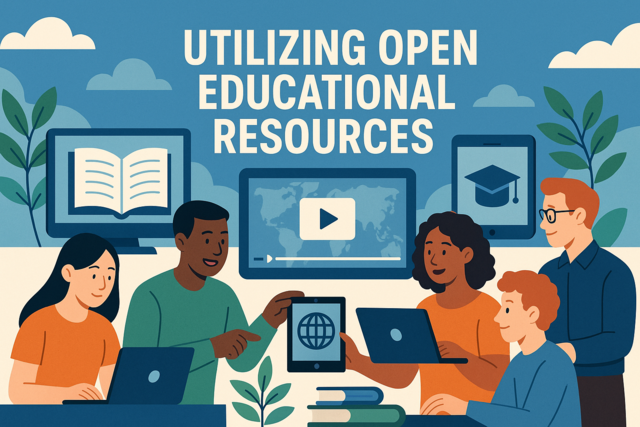 4 hours
0.4 CEUs
Utilizing Open Educational Resources
+ More Info
4 hours
0.4 CEUs
Utilizing Open Educational Resources
+ More Info
-
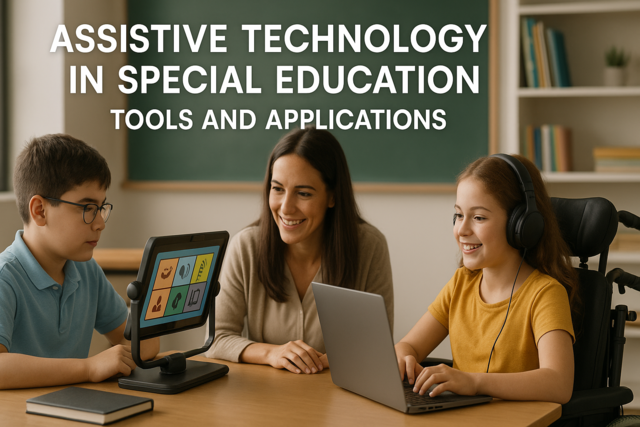 6 hours
0.6 CEUs
Assistive Technology in Special Education: Tools and Applications
+ More Info
6 hours
0.6 CEUs
Assistive Technology in Special Education: Tools and Applications
+ More Info
-
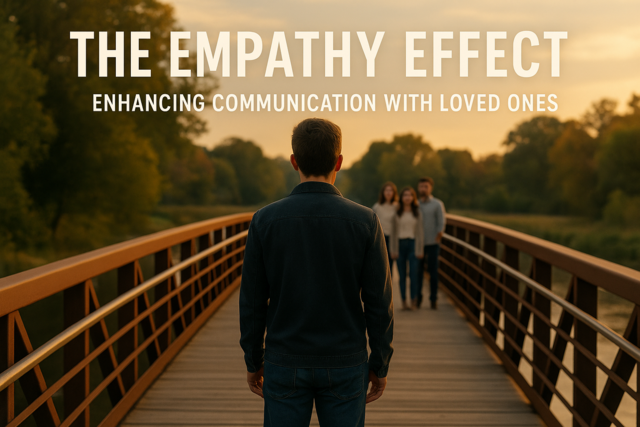 3 hours
0.3 CEUs
The Empathy Effect: Enhancing Communication with Loved Ones
+ More Info
3 hours
0.3 CEUs
The Empathy Effect: Enhancing Communication with Loved Ones
+ More Info
-
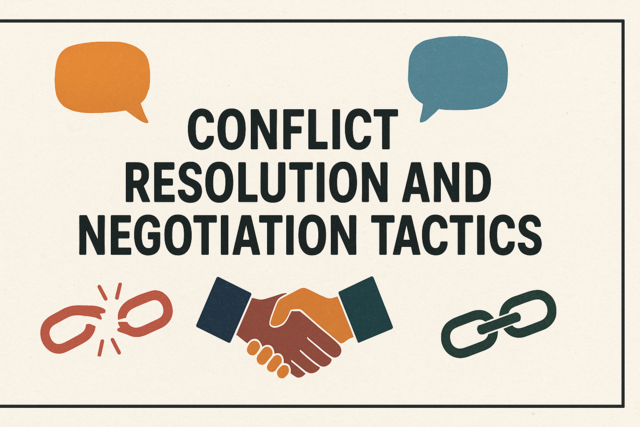 7 hours
0.7 CEUs
Conflict Resolution and Negotiation Tactics
+ More Info
7 hours
0.7 CEUs
Conflict Resolution and Negotiation Tactics
+ More Info
-
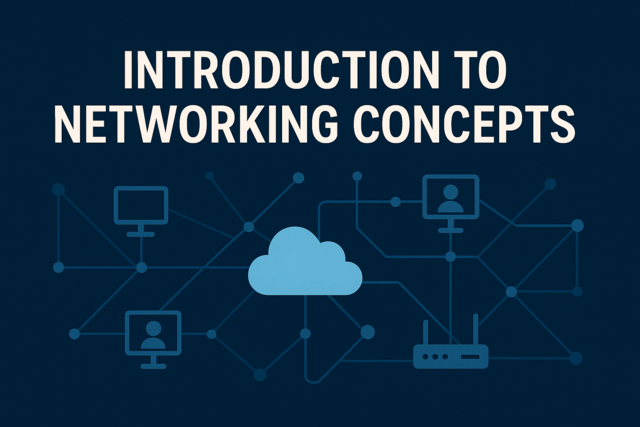 3 hours
0.3 CEUs
Introduction to Networking Concepts
+ More Info
3 hours
0.3 CEUs
Introduction to Networking Concepts
+ More Info
-
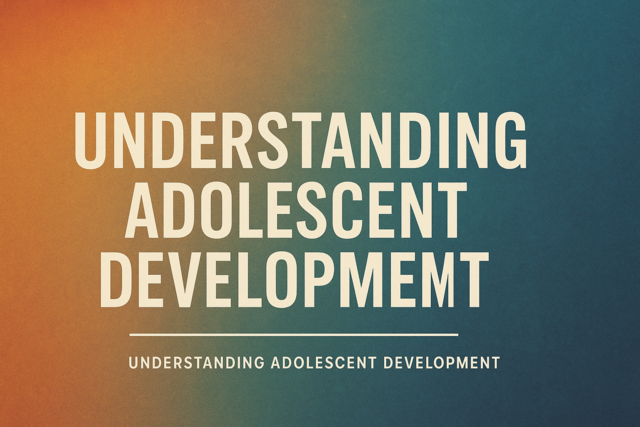 7 hours
0.7 CEUs
Understanding Adolescent Development
+ More Info
7 hours
0.7 CEUs
Understanding Adolescent Development
+ More Info


